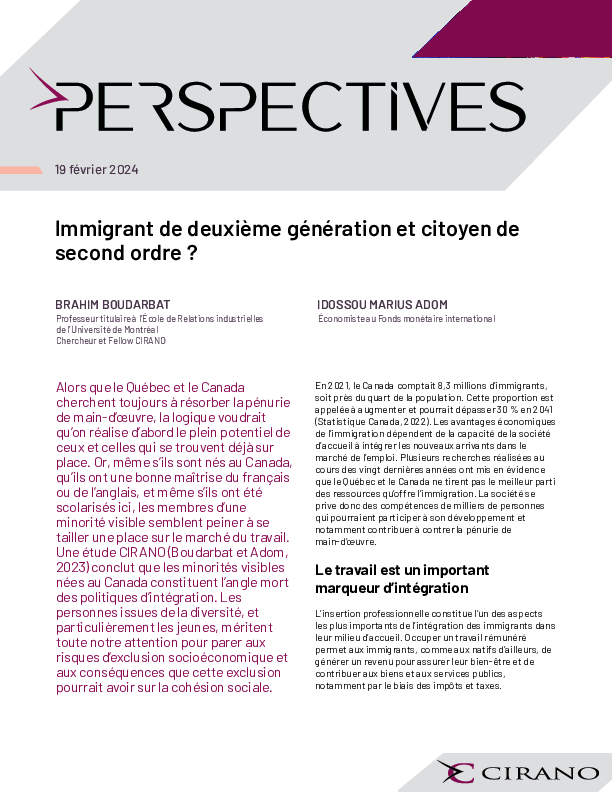Alternative Models for Stock Price Dynamics
This paper evaluates the role of various volatility specifications, such as multiple stochastic volatility (SV) factors and jump components, in appropriate modeling of equity return distributions. We use estimation technology that facilitates non-nested model comparisons and use a long data set which provides rich information about the conditional and unconditional distribution of returns. We consider two broad families of models: (1) the multifactor loglinear family, and (2) the affine-jump family. Both classes of models have attracted much attention in the derivatives and econometrics literatures. There are various trade-offs in considering such diverse specifications. If pure diffusion SV models are chosen over jump diffusions, it has important implications for hedging strategies. If logaritmic models are chosen over affine ones, it may seriously complicate option pricing. Comparing many different specifications of pure diffusion multi-factor models and jump diffusion models, we find that (1) log linear models have to be extented to 2 factors with feedback in the mean reverting factor, (2) affine models have to have a jumps in returns, stochastic volatility and probably both. Models (1) and (2) are observationally equivalent on the data set in hand. In either (1) or (2) the key is that the volatility can move violently. As we obtain models with comparable empirical fit, one must make a choice based on arguments other than statistical goodness of fit criteria. The considerations include facility to price options, to hedge and parsimony. The affine specification with jumps in volatility might therefore be preferred because of the closed-form derivatives prices.
[ - ]




